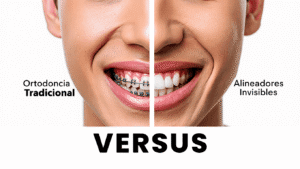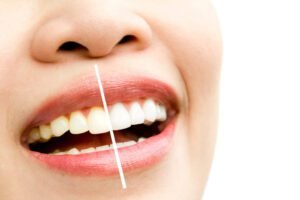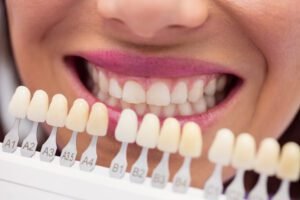Has it ever happened that you drink a hot coffee or bite into an ice cream and feel that “electric shock” that makes you scrunch up your face? That quick, uncomfortable, almost unbearable sting… yes, we’re talking about dental sensitivity.
And while many people see it as something “normal,” the truth is, it’s not. That pain is a warning. Your body is saying: “Hey, something’s not right here.”
In this article, I’m going to tell you—straight up—what the most common causes of dental sensitivity are. The ones I see every day in the clinic. And more importantly: how to prevent them before they turn into a bigger problem.
Acid-rich diet: what you eat also wears down your teeth

Yes, what you eat does matter. A lot.
Citrus juices, sodas, vinegars, acidic fruits, and even that glass of wine you love are all acids that erode dental enamel over time. And what happens when enamel wears down? The dentin is exposed—that inner part of the tooth that’s super sensitive.
The problem isn’t having something acidic every once in a while. The problem is the frequency, the amount, and not rinsing afterward. A bad habit today becomes dental discomfort tomorrow.
Poor brushing technique: yes, it’s possible to “overbrush” too
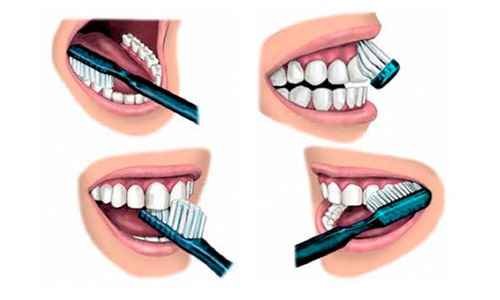
We tend to think that the harder we brush, the cleaner our teeth are. But no.
Using hard toothbrushes or pressing too hard while brushing causes what’s called dental abrasion. In simple terms: you’re sanding down your tooth without realizing it.
This not only wears down the enamel but also causes your gums to recede, leaving sensitive areas exposed. The result: you brush to take care of yourself, and you end up hurting yourself. Paradoxical, isn’t it?
Cavities: the cause nobody wants to hear about, but it’s real

Cavities don’t always hurt… until it’s too late.
A cavity can break through the enamel and reach the dentin, or even the nerve. When this happens, sensitivity doesn’t just appear—it becomes constant. Especially with sweet or cold foods.
Those discomforts that seem “normal” when eating ice cream could be una señal de caries avanzadas. Y cuanto antes las detectemos, menos te va a doler (el diente y el bolsillo).
Gum recession: your gums are literally pulling back
Gums aren’t supposed to move, but when there’s chronic inflammation or aggressive brushing, they start to “pull back”. The problem is that underneath them lies the tooth root, a much more sensitive area.
And when that root is exposed, air, water, or even a simple sip of coffee can feel like torture. The solution isn’t magic: it requires diagnosis, deep cleaning, and in some cases, more specialized treatments.
Bruxism: stress also takes a toll on your teeth
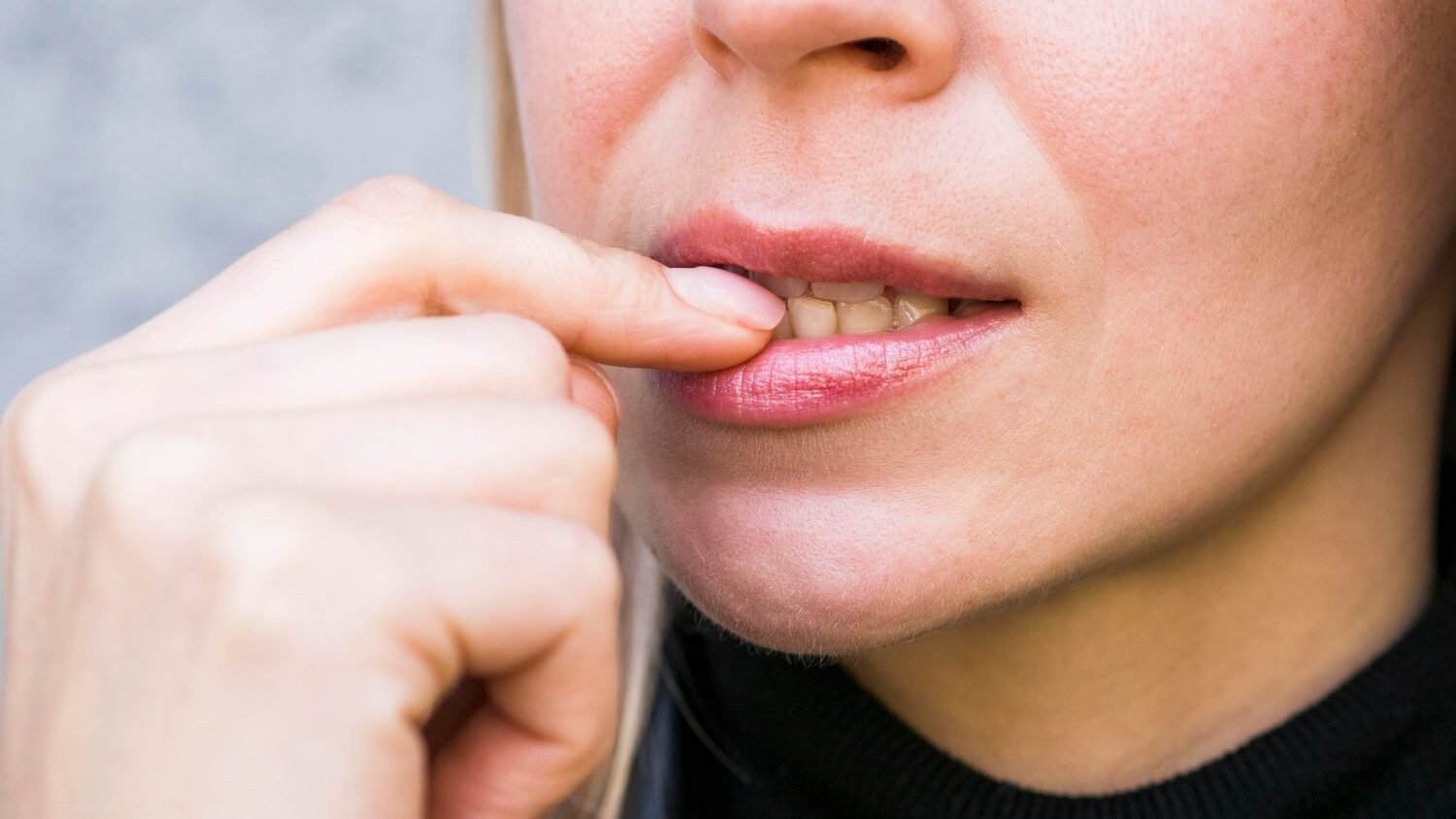
Do you clench your teeth without realizing it? Do you wake up with jaw pain?
Bruxism, that habit of clenching or grinding your teeth, wears down dental surfaces, causes microfractures, and yes, also sensitivity.
The most complex part of bruxism is that it’s silent. Many patients don’t even know they have it until damage is already present. And by then, sensitivity has already set in.
A custom night guard, regular check-ups, and stress management make a huge difference.
🦷 Recent dental treatments: sometimes sensitivity is temporary
After whitening, a deep cleaning, or a new filling, it’s normal to feel some temporary sensitivity.
The key word here is “temporary.” If that discomfort doesn’t go away in a few days, something may be wrong with the material’s adaptation or the tooth’s seal. In that case, it’s best to check in on time.
Abrasive products: not everything that whitens is good
Many so-called “whitening” toothpastes contain abrasive particles. And while they do polish stains, they also remove a layer of enamel along with them.
The result? Cleaner teeth, yes. But also weaker and more sensitive ones.
If you tend to have sensitivity, it’s better to choose toothpastes specifically for sensitive teeth and consult your dentist before falling for the promise of “whiter teeth in 5 days.”
Cracked or fractured teeth: what you can’t see also hurts
A blow, biting something very hard, or even bruxism can cause microscopic cracks in your teeth.
These cracks aren’t always visible, but they allow stimuli to reach the nerve. That’s when sensitivity appears. In more severe cases, those cracks can progress and require more complex treatments like a crown or a root canal.
Tartar buildup: plaque that decided to stay
If you don’t get regular cleanings, plaque mineralizes and turns into tartar. Tartar sneaks under the gums, causes inflammation, and leads to recession.
You already know what comes next: exposed root, sensitive tooth, increasingly frequent discomfort.
That’s why we insist so much on biannual cleanings. Because a good cleaning doesn’t just “make everything shine.” It prevents problems that hurt more than you can imagine.
Time also plays a role
As the years go by, enamel wears down. Gums change. Dental structure weakens. And yes, sensitivity becomes more common.
It’s not a punishment; it’s part of natural aging. But that doesn’t mean you have to resign yourself to living with pain. Quite the opposite. With proper care, we can minimize it—or even prevent it.
What to do if you already have sensitivity?
First: don’t ignore it.
Second: don’t self-medicate. Don’t use random toothpastes or apply “home remedies.”
Third: schedule a check-up. Because only a clear diagnosis can tell you why it’s happening and how we can fix it.
At AM Dental Studio in Zapopan, Guadalajara, we work with you so you don’t just have a beautiful smile, but one that’s functional, healthy, and pain-free. Here we don’t just cover up the symptom: we solve the cause.
📍 Estamos en Zapopan, Guadalajara
🌐 amdentalstudiogdl.mx

Best Choice


